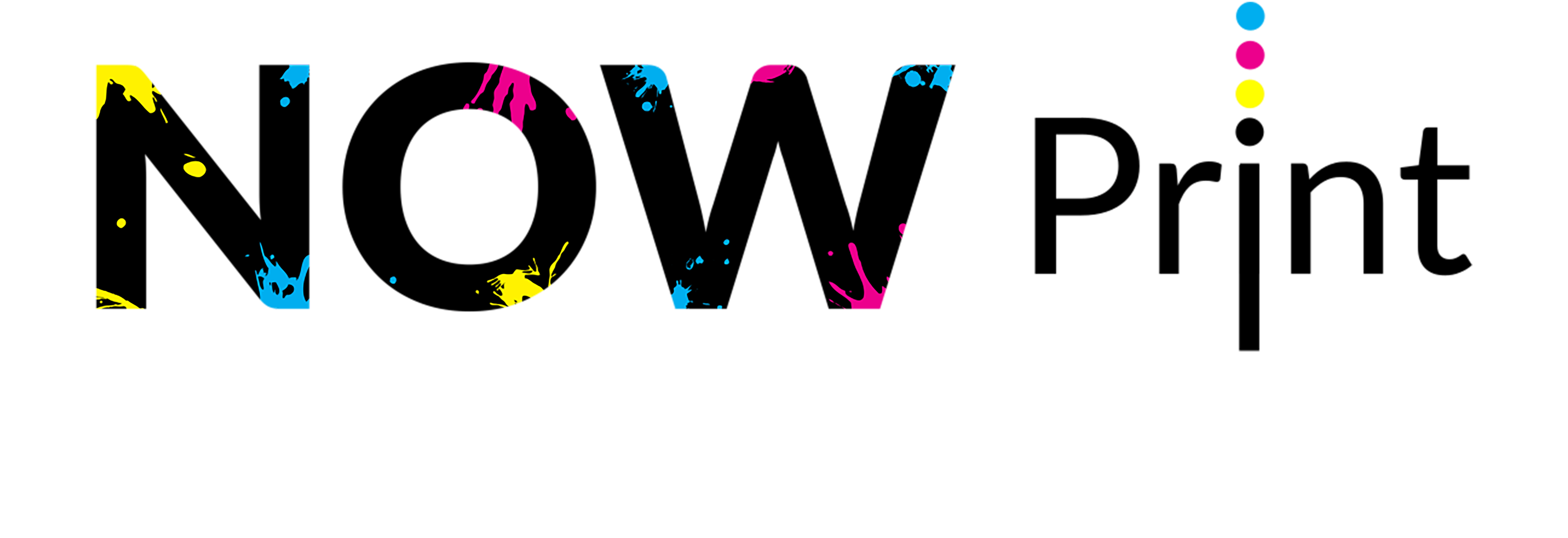Introduction: Welcome to Now Print's Printing Glossary, your go-to resource for understanding common printing terms. Whether you're new to the world of printing or a seasoned pro, this glossary provides clear explanations of key terms to help you navigate the printing process with confidence.
Printing Glossary
Understanding Common Printing Terms
Bleed
Bleed refers to extra artwork or background that extends beyond the trim edge of a printed page. This ensures that there are no white edges after trimming, resulting in a professional-looking final product.
CMYK
CMYK stands for Cyan, Magenta, Yellow, and Key (black), the four ink colours used in full-colour printing. Understanding CMYK is essential for achieving accurate colour reproduction in print materials.
DPI
DPI, or Dots Per Inch, is a measure of printing resolution that indicates the number of dots that can be placed in a linear inch. Higher DPI results in sharper and more detailed prints.
Embossing
Embossing is a printing process that creates a raised design or texture on paper by pressing the material between two dies. This technique adds tactile interest and visual appeal to printed materials.
Finish
Finish refers to the surface texture or coating applied to printed material, such as matte, gloss, or satin. Choosing the right finish can enhance the look and feel of your printed materials.
Foil Stamping
Foil stamping is a printing process that uses heat and pressure to apply metallic or coloured foil to paper, creating a shiny or decorative effect. This technique adds elegance and sophistication to printed materials.
GSM
GSM, or Grams per Square Meter, is a measure of paper weight that indicates its thickness and density. Understanding GSM helps you select the right paper stock for your printing needs.
Lamination
Lamination is the process of applying a thin layer of plastic film to paper or cardstock to protect and enhance its appearance. Laminating printed materials adds durability and longevity.
Offset Printing
Offset printing is a printing technique in which ink is transferred from a plate to a rubber blanket, then onto paper. This method produces high-quality, consistent results suitable for a wide range of print projects.
Pantone
Pantone is a standardized colour-matching system used in printing to ensure accurate colour reproduction across different materials and processes. Pantone colours are essential for maintaining brand consistency in print materials.
PDF, or Portable Document Format, is a file format used for distributing documents that preserve their layout and formatting across different devices and platforms. PDFs are widely used for sharing print-ready files.
Proof
A proof is a sample of a printed document provided for review before final production. Reviewing proofs allows you to catch errors and make adjustments before printing large quantities.
RGB
RGB stands for Red, Green, and Blue, the primary colours of light used in digital displays and photography. Understanding RGB is crucial for designing graphics intended for digital viewing.
Saddle Stitching
Saddle stitching is a binding method in which folded sheets are stapled together along the fold line. This technique is commonly used for booklets, brochures, and magazines.
Spot Colour
Spot colour refers to a single, pre-mixed ink colour used in printing to achieve specific hues or shades that cannot be reproduced with CMYK. Spot colours are often used for branding elements and special effects.
UV Coating
UV coating is a glossy or matte coating applied to printed material and cured with ultraviolet light. This coating enhances durability and provides a luxurious finish to printed materials.
With our Printing Glossary, you'll have the knowledge you need to make informed decisions about your print projects and communicate effectively with printing professionals. Explore our glossary to learn more about the terminology used in the printing industry!
